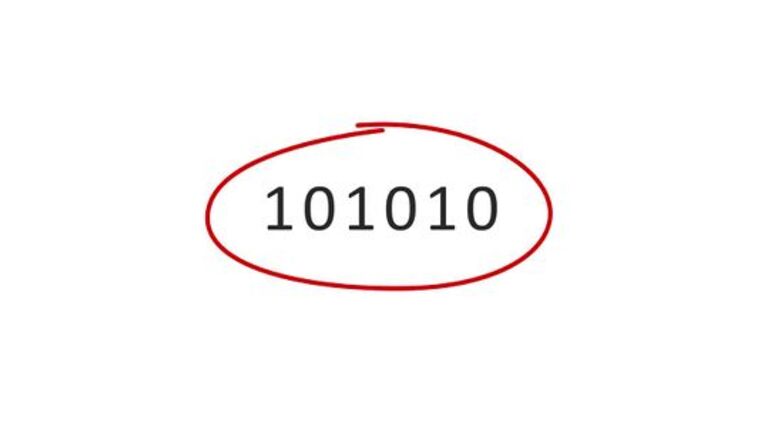
views
X
Research source
With Exponents
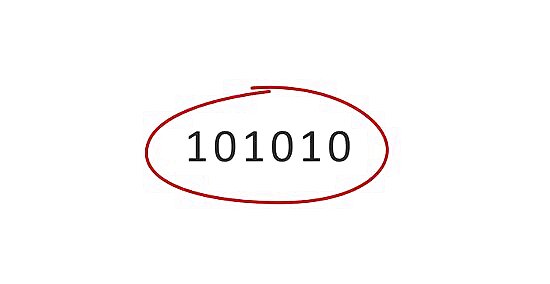
Find a binary number you want to convert. We'll use this as an example: 101010.
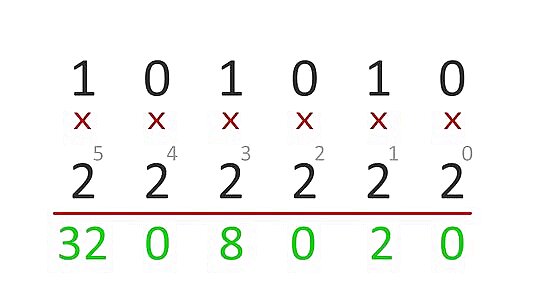
Multiply each binary digit by two to the power of its place number. Remember, binary is read from right to left. The rightmost place number being zero.
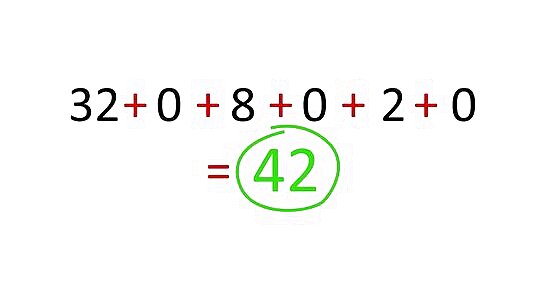
Add all the results together. Let's go from right to left. 0 × 2 = 0 1 × 2 = 2 0 × 2 = 0 1 × 2 = 8 0 × 2 = 0 1 × 2 = 32 Total = 42

Try another example. Let's use 101. Here is the same method as above, but in a slightly different format. You may find this format easier to understand. 101= (1X2) power of 2 + (0X2) power of 1 + (1X2) power 0 101= (2X2) + (0X0) + (1) 101= 4 + 0 + 1 101= 5 The 'zero' is not a number, but its place value must be noted.
Slot Value
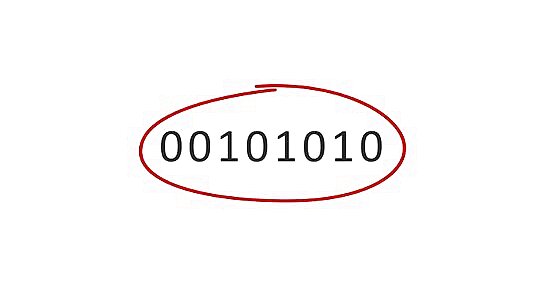
Find your number. The example we'll use is 00101010.

Read from right to left. With each slot, the values are doubled. The first digit from the right has a value of 1, the second is a 2, then a 4, and so on.
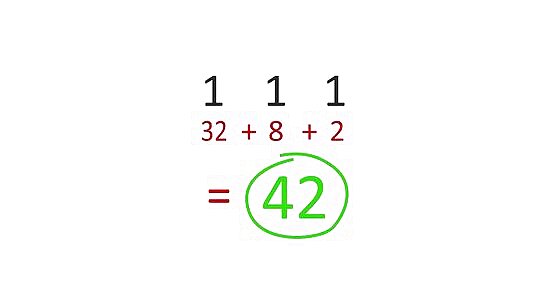
Add the values of the ones. The zeros are assigned their correlating number, but those numbers are not added. So, in this example, add 2, 8, and 32. The result is 42. There is a 'no' on 1, a 'yes' on 2, a 'no' on 4, a 'yes' on 8, a 'no' on 16, a 'yes' on 32, a 'no' on 64 and a 'no' on 128. "Yes" means to add, "no" is to skip. You can stop at the last one-digit.
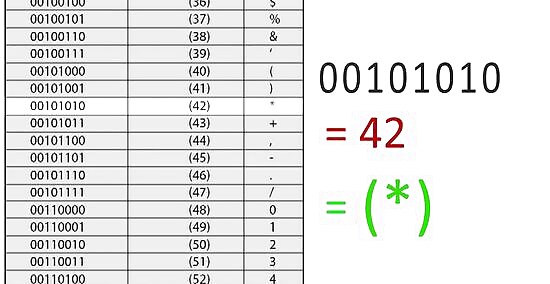
Translate the value into letters or punctuation marks. In addition, you can convert numbers from binary to decimal or convert from decimal to binary. In punctuation marks, the 42 equals an asterisk (*).










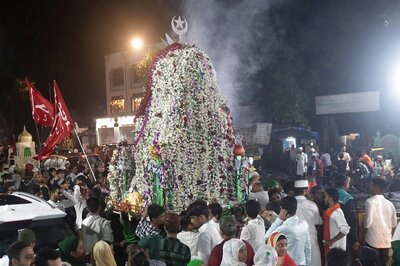







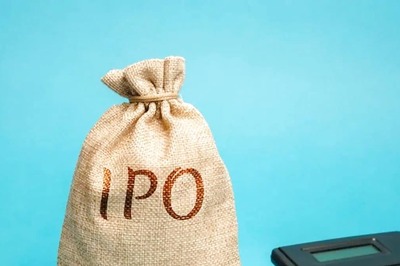
Comments
0 comment